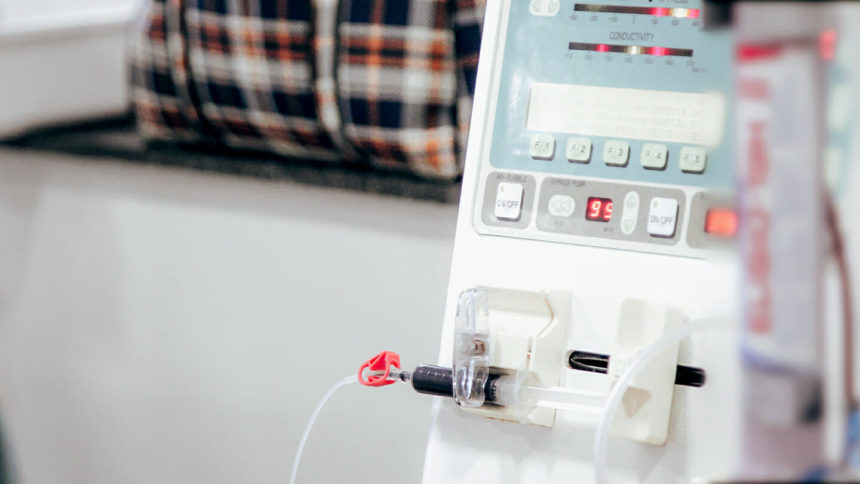
People who are undergoing dialysis who exercise lightly are admitted to the hospital less often and they’re physically fitter, too.
That is according to a study published in the New England Journal of Medicine. Researchers examined about 1,000 people getting dialysis at 21 different locations in Germany. Over a year, half of the people worked out at least once and up to three times a week. Exercise sessions included 30 minutes of weights and 30 minutes of endurance training. The people not working out were monitored medically.
“We mounted one of the world’s largest studies on physical activity in the context of specific diseases,” Martin Halle, a professor at Technical University of Munich, said in a statement.
After a year, the people working out were in better health. They could do more repetitions and walk longer in six minutes compared to their abilities at the start of the study. The people who didn’t workout had lower values for those activities at the end of the year compared to when the study started.
“This type of standardized testing may admittedly not appear to be particularly reflective of everyday life, however, the results demonstrate tangible improvements in quality of life and autonomy,” Halle said.
Halle added that people who exercised could stand without assistance — something some of them couldn’t do before taking on the extra activity. And when they were hospitalized, the exercisers had an average two-day stay in the hospital, while the people who didn’t exercise were in there for five days on average.
“We were able to improve the participants’ health and also reduce the costs to the healthcare system with relatively little outlay,” Halle said.
In 2018, the American Kidney Foundation reports that 785,883 Americans had kidney failure and needed dialysis or a kidney transplant to live.
Halle’s team will continue to monitor the people to glean insights about exercise’s effects in the long term.
“Our study shows how important it is to adopt a holistic view of health, especially when it comes to elderly and infirm patients,” Halle said. “While high-tech medicine is important, it can only achieve its full potential in combination with other fields, such as preventive medicine.”



